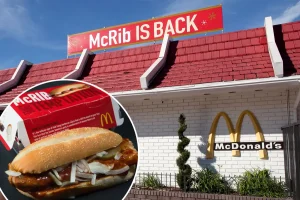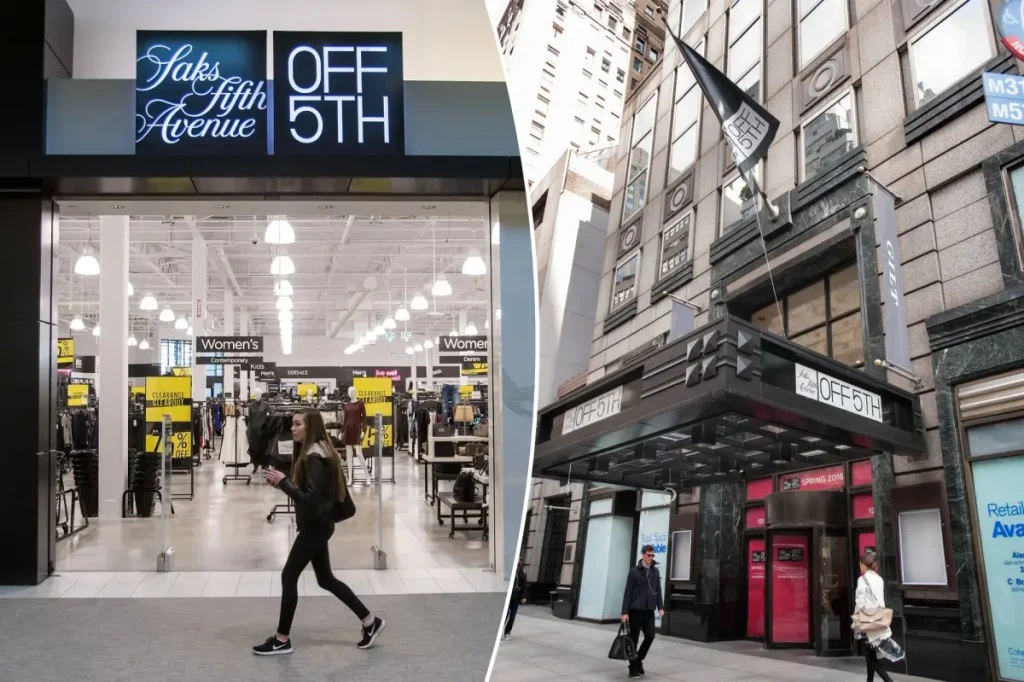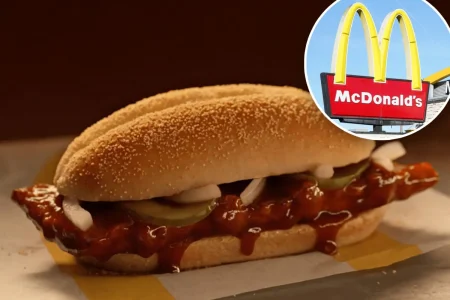End of an Era: Saks Off Fifth Announces Multiple Store Closures
In a significant shift that marks the end of an era for bargain luxury shoppers, Saks Off Fifth has announced the closure of nine more stores across the United States. The off-price sister brand to Saks Fifth Avenue aims to refocus its efforts on high-performing locations, but the news has left many loyal customers dismayed. Perhaps most symbolically, the flagship Saks Off Fifth location on Manhattan’s Upper East Side (125 E 57th Street) will close its doors permanently on December 31st, while the other affected locations will shutter in early 2024. The closures span from Austin, Texas to Chicago, Washington D.C., and multiple locations across Pennsylvania, New Jersey, New York, and Connecticut – representing a significant pullback from these markets.
Despite what many might assume, these closures don’t appear to be a precursor to bankruptcy proceedings. When rumors circulated last month that parent company Saks Global might be contemplating Chapter 11 bankruptcy, a company spokesperson quickly dispelled such speculation, stating firmly: “It is important to note that a restructuring is not being contemplated.” The company maintains it’s making “strong progress to reduce outstanding payments, invest in our transformation and drive improved performance.” In their official statement regarding the store closures, Saks Off Fifth expressed confidence that this strategic realignment “will better position the Saks Off 5th business for long-term success” while allowing them to “continue to deliver for our customers” through their remaining locations.
These developments reflect a broader and troubling pattern in the retail landscape, particularly in the department store segment that has struggled to maintain relevance in a digital-first shopping environment. The closures aren’t happening in isolation – they represent part of a larger retail contraction affecting even the most established names in the industry. This past August, luxury retailer Nordstrom shuttered locations in St. Louis, Missouri and Santa Monica, California, citing a strategic pivot toward serving customers through “surrounding stores and through our digital channels.” Similarly, Macy’s made headlines earlier this year with the closure of 66 stores, part of a broader strategy to invest in 350 “go-forward” locations through 2026.
For consumers who have long treasured the treasure-hunt experience of off-price retail, these closures represent more than just business decisions – they signify the disappearance of physical spaces that offered accessibility to luxury goods. Saks Off Fifth stores have historically served as gateways to designer fashion for aspirational shoppers, providing a bridge between mainstream retail and high-end luxury. The in-person experience of discovering unexpected designer pieces at significant discounts cannot be fully replicated online, despite retailers’ best efforts to digitize the bargain-hunting experience. The closures particularly impact communities where these stores represented one of few local access points to designer merchandise.
The contracting physical footprint of retailers like Saks Off Fifth reflects fundamental shifts in consumer behavior accelerated by the pandemic. Department stores have been caught in a difficult position – maintaining expensive physical locations while competing with nimble online retailers with lower operational costs. While Saks Off Fifth hasn’t disclosed specific performance metrics for the closing locations, the decision to shutter stores in major markets suggests significant challenges in maintaining profitability in these areas. Industry analysts point to changing shopping patterns, increased competition from online marketplaces specializing in discounted luxury goods, and shifting consumer priorities as contributing factors to these struggles.
Looking ahead, the future of off-price luxury retail likely involves a hybrid approach – fewer but more experiential physical stores complemented by robust digital offerings. For Saks Off Fifth specifically, this realignment suggests a strategy of consolidation rather than expansion, focusing resources on locations with proven profitability and growth potential. For shoppers in affected areas, the closures mean not only the loss of a shopping destination but potentially the end of a certain type of retail experience that combined accessibility with luxury. As one chapter closes for these nine locations, the broader narrative of retail evolution continues to unfold, with traditional retailers fighting to remain relevant in a rapidly changing consumer landscape. While the dust settles on these latest closures, both the industry and its customers find themselves navigating a retail environment where change has become the only constant.















